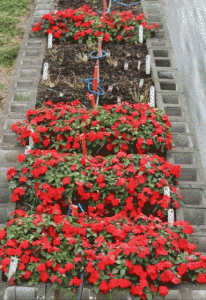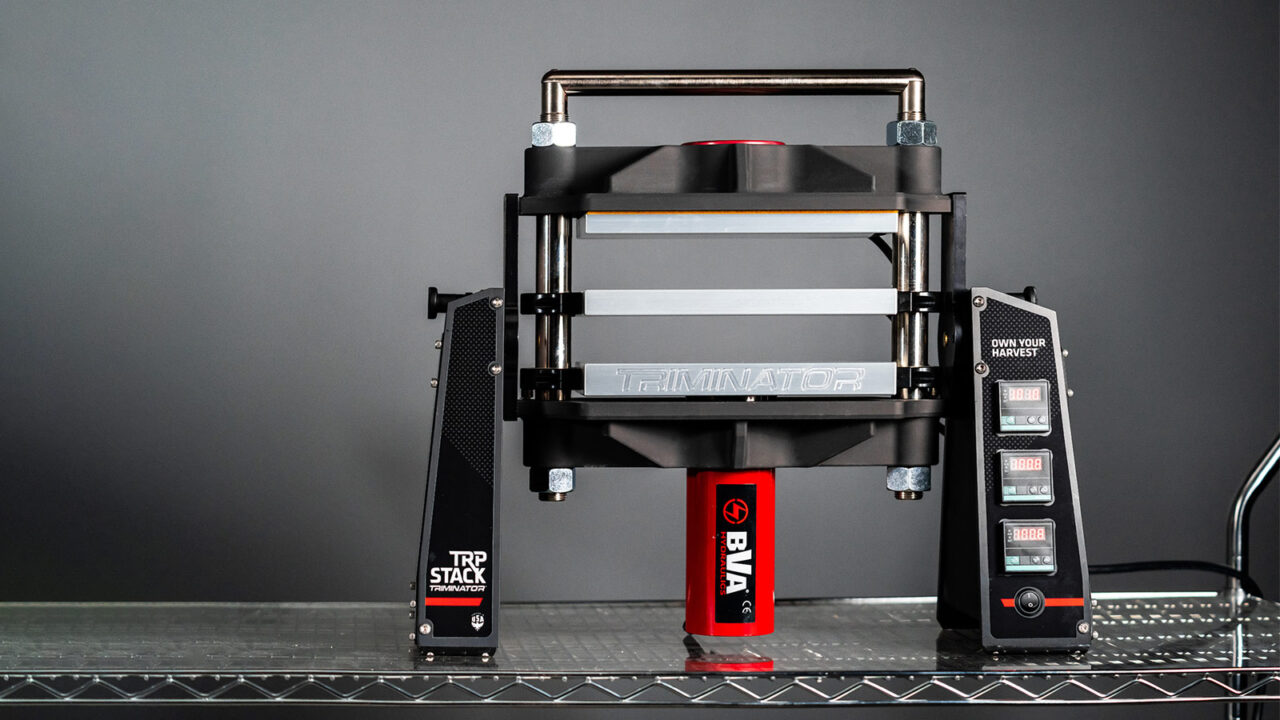Impatiens walleriana Makes Possible Comeback In 2014 Season

Impatiens downy mildew. Photo Credit: Ian Maguire, Biological Scientist, University of Florida
Despite efforts to thwart downy mildew, growers, researchers and landscape experts are predicting a continued impact on Impatiens walleriana supply issues for the 2014 season.
However, a bounce back in sales is expected, prompting growers to seek complementary alternatives and researchers to find fungicides and other modes of preventing the onset of downy mildew.
“Because the disease showed up so late in many regions in 2013, there will probably be more consumers looking for them this coming season,” says Ball Horticultural’s Colleen Warfield. “While wholesale seed and plug sales are down from 2012, an increase in sales of Impatiens walleriana is expected in 2014 over what was sold in 2013.”
Pathogen Hits Growers at Different Rates
Impatiens walleriana infection rates have plateaued as fewer reports of downy mildew are trickling in for the 2014 season.
Downy mildew caught growers off guard early in the season in the Pacific Northwest and British Columbia. In August, unseasonably wet conditions in Colorado caused an outbreak, as well. However, there have been no reports of infections in greenhouses so far this spring, Warfield says.
In South Florida, however, downy mildew is still “alive and thriving,” says University of Florida’s Aaron Palmateer.
“I’ve heard people from other states say the disease was not bad last year. I’m not sure if this is just because there wasn’t a lot of Impatiens walleriana to start with, or if there really is less disease,” he says.
The Deep South and the Northeast, where the pathogen has been the most severe, are recovering, as well.
“The issue has prompted many growers to look for alternative crops, especially in the Deep South and the Northeast,” says SHS Griffin’s Tracey Gorrell. “Having said that, sales stayed relatively level for the 2012-2013 seed selling season; final sales figures for the 2013-14 season aren’t yet available.”
The harsh winter weather experienced in many parts of the county is not expected to make a significant effect on downy mildew on the 2014 season. What will matter, Warfield says, is if there are prolonged periods of rain in the spring.
“The downy mildew that infects sunflower (also a Plasmopara, but a different species than the one infecting impatiens) produces oospores that can survive field conditions in some very harsh/cold regions of the country,” she says. “If it is a very wet spring (or summer) with prolonged periods of rain, the disease may develop earlier in the season (potentially from overwintering oospores). Based on observations in Holland, the disease is more likely to show up after weeks of rain and flooded fields.”
However, a definitive answer to the role of oospores in the survival and spread of downy mildew remains to be seen.
“I tend to believe that aerial movement of the pathogen from infected plants in mild climates where impatiens grow year around plays a bigger role in the survival and spread of the pathogen,” Warfield says.
Crop Alternatives And Preventative Measures
Growers are turning to both seed and vegetable alternatives as downy mildew proliferates.
“We recommend that growers stick with alternative crops when producing for large landscape installations and in areas where downy mildew pressure is high,” Gorrell says. “For retail sales, growers in many regions, with careful attention to preventive protocols, can still be successful with impatiens as part of their product mix.”
New Guinea varieties are on the rise for bedding, particularly seed New Guineas such as Divine and Florific and vegetative New Guineas such as Super Sonic, but the genetics are relatively new and the color impact of the Impatiens walleriana is not the same, she says.
For growers in the South, begonia, coleus, torenia and Salvia splendens are all good shade alternatives. Because color and heat tolerance are of significance in the region, there has also been an increase in Cora vinca sales.
Despite the availability of alternative varieties, an increase in demand for Impatiens walleriana is driving growers to fight back against downy mildew.
“Young plant producers and bedding plant growers have become more vigilant with chemistry regimes and other preventive measures against downy mildew,” Gorrell says.
Both Warfield and Palmateer also stress the importance of fungicide programs, both for growers and customers.
“Once sporulation is observed in a greenhouse, control is nearly impossible and trying to manage it quickly becomes a losing battle,” Warfield says. “As such, the risk is too great not to be managing this preventively.”
The results of Warfield’s fungicide trials indicate drench applications of Subdue MAXX tank mixed with Adorn have consistently given the longest residual protection. However, under high disease pressure, foliar applications have not provided sufficient control, she says.
Palmateer suggests growers need to make a decision based on their individual clientele base.
“There is some very good chemistry available for managing the disease, but it all comes down to the landscape and if the customer is willing and able to apply fungicides,” he says.
“There is a great team of University researchers working on the disease and I’m sure there are several companies doing the same,” Palmateer says. “It’s just a matter of time before disease resistance or integrated disease management practices will provide cost effective disease control for Impatiens walleriana.”









